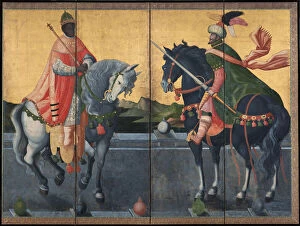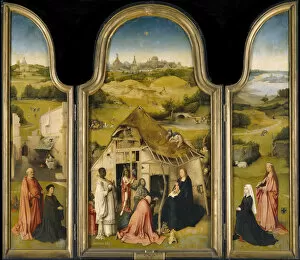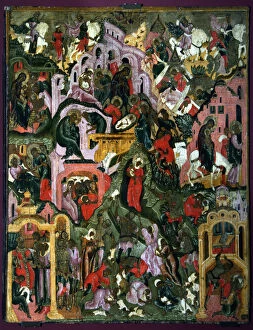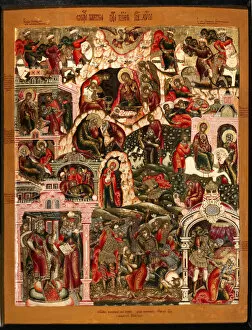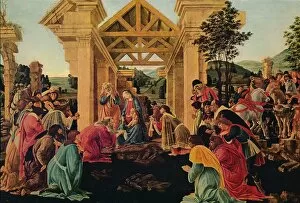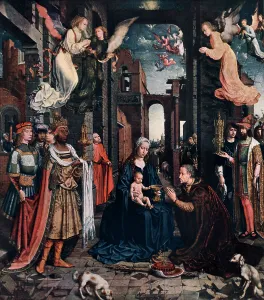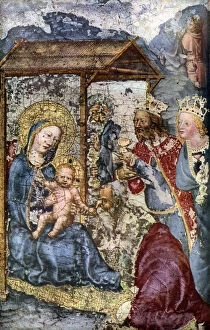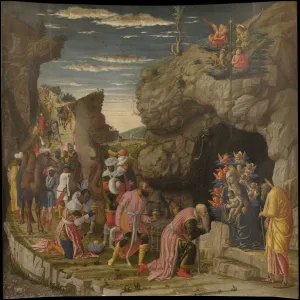Three Kings Collection (page 11)
"Three Kings: A Celestial Convergence and Timeless Adoration" In the vast expanse of the night sky
All Professionally Made to Order for Quick Shipping
"Three Kings: A Celestial Convergence and Timeless Adoration" In the vast expanse of the night sky, a mesmerizing sight unfolds as the Christmas star emerges through a planetary conjunction. PBIB2A-00049 captures this celestial spectacle, evoking wonder and awe in all who witness it. Inspired by ancient tales, we are transported to a time when three wise men embarked on an extraordinary journey. The Three Wise Men, depicted in a captivating colour litho by Gentile da Fabriano, traverse distant lands guided solely by faith and the brilliance of the Christmas star. Gentile da Fabriano's masterpiece "The Adoration of the Magi" transports us further back in time to 1420. With meticulous brushstrokes, he immortalizes this sacred encounter between humanity and divinity. The Holy Child receives precious gifts from these noble visitors within the hallowed walls of basilica di Sant Apollinare Nuovo in Ravenna. Centuries later, artist Jordaens paints "The Feast of the Bean King, " capturing another kind of regal celebration. This lively scene depicts revelers partaking in merriment while honoring tradition during Epiphany festivities. As we delve deeper into history's tapestry, we discover more artistic interpretations that pay homage to these legendary figures. From oil paintings like "The adoration of the Magi" to intricate stained glass windows depicting their adoration or even woolen tapestries showcasing their acts with precision craftsmanship - each artwork tells its own tale while celebrating shared devotion. Beyond artistry lies nature's canvas; beneath New Zealand's azure waters thrives Tetrapturus audux - Striped Marlin found near North Island's Three Kings region. These majestic creatures remind us that beauty exists not only within human creations but also within our natural world. "The Adoration of the Magi, " painted on canvas centuries ago by an unknown artist, continues to captivate hearts with its timeless message.






